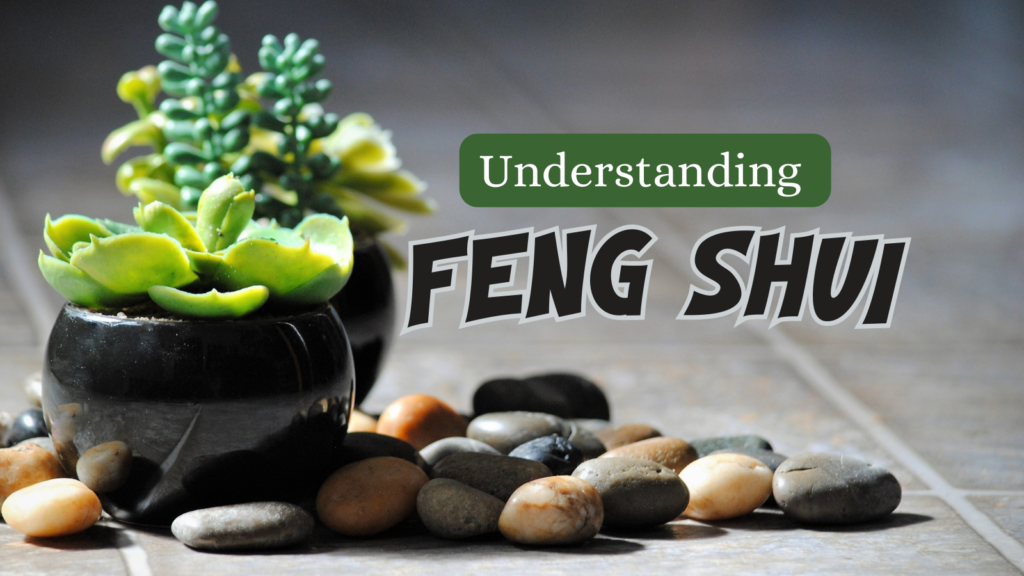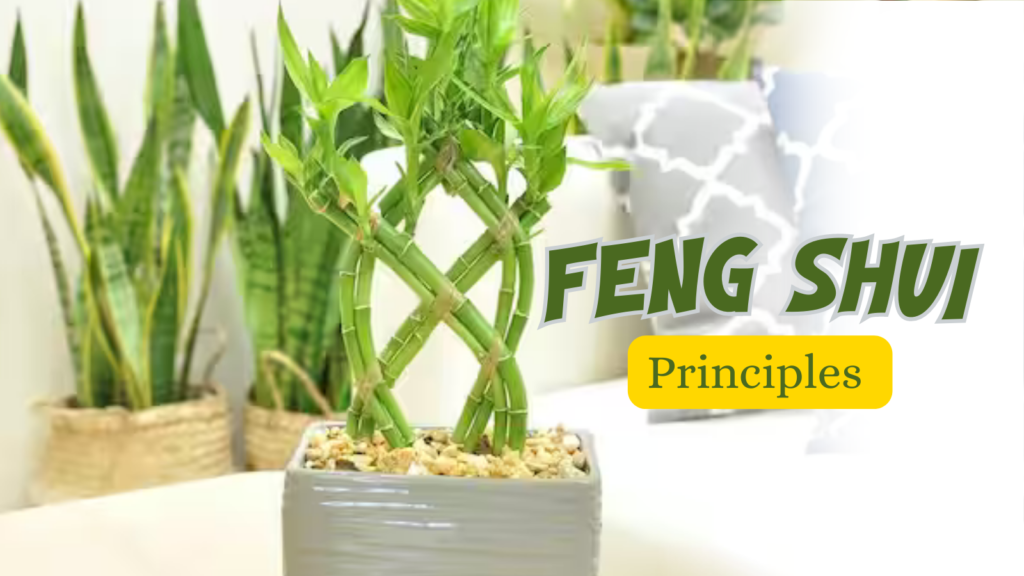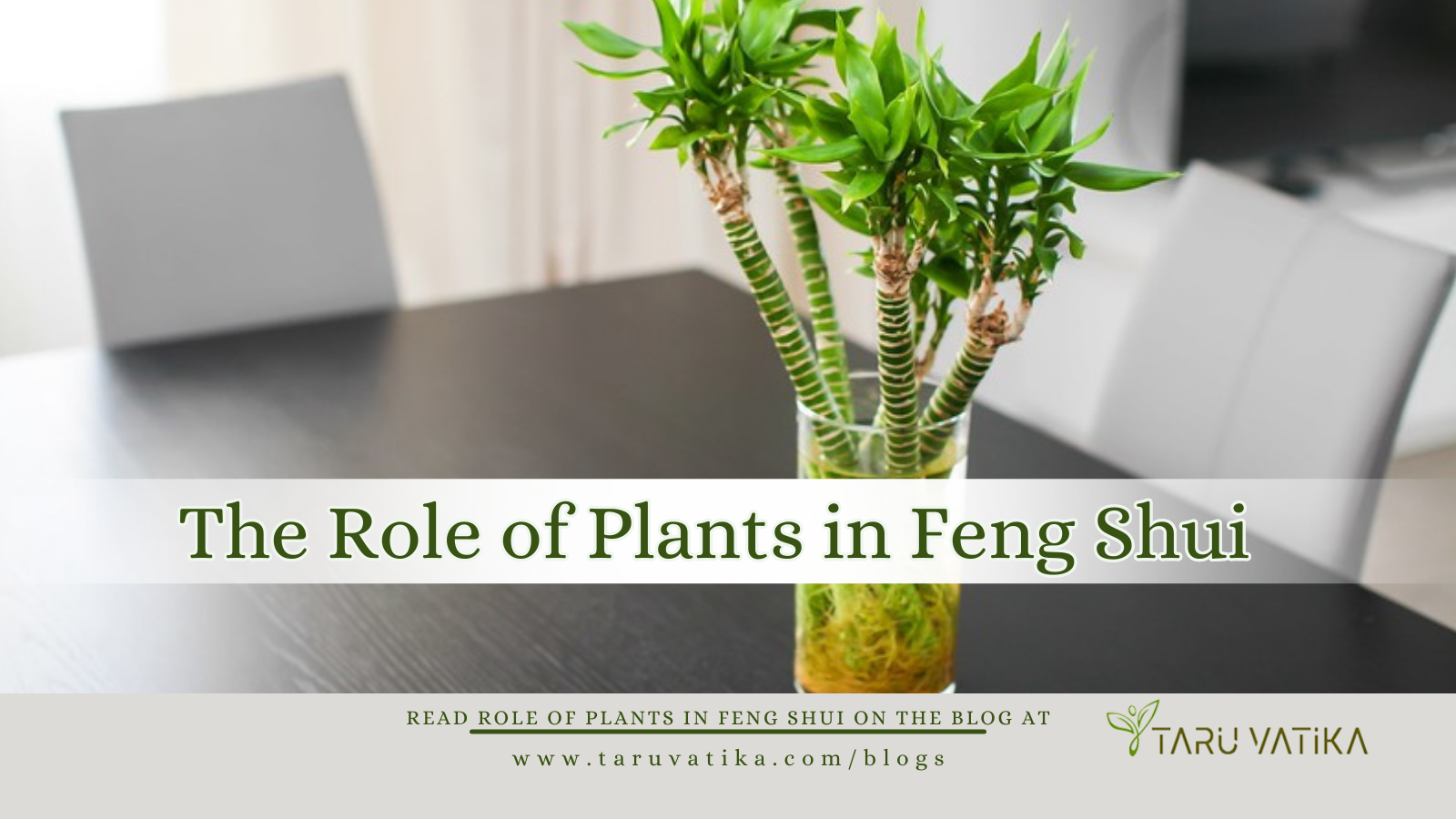Plants have been used for centuries in Feng Shui to enhance positive energy, also known as chi, in homes and other spaces. In this ancient Chinese practice, plants are believed to have a significant impact on the flow of energy in a space, which can affect the well-being and prosperity of those who inhabit it.
According to Feng Shui principles, plants can be used to balance the five elements of wood, fire, earth, metal, and water in a space. Each element is associated with certain qualities and emotions, and by incorporating plants that represent each element, a space can be harmonized and balanced. For example, a plant with rounded leaves, such as a jade plant, represents the wood element and can promote growth and vitality.

In addition to balancing the elements, plants can also be used to purify the air and create a sense of calm and relaxation in a space. Certain plants, such as the snake plant and peace lily, are known for their air-purifying properties and can remove toxins and pollutants from the air. Incorporating these plants into a home can not only enhance the positive energy but also improve the overall health and well-being of those who inhabit it.
Understanding Feng Shui

History
Feng Shui is an ancient Chinese practice that has been around for over 3,000 years. It is a system of arranging living spaces in a way that promotes positive energy flow, or “chi,” throughout the environment. The practice of Feng Shui is based on the belief that everything in the universe is connected and that by harmonizing our living spaces with the natural world, we can improve our health, wealth, and happiness.
The origins of Feng Shui can be traced back to the Han Dynasty (206 BCE – 220 CE), where it was used to determine the best locations for tombs and burial sites. Over time, the practice evolved to include the design and layout of homes, offices, and other living spaces. Today, Feng Shui is a popular practice around the world and is used by many people to create a more harmonious and balanced living environment.
Principles

The principles of Feng Shui are based on the concept of yin and yang, which are two opposing forces that must be balanced to achieve harmony. Yin represents the passive, feminine, and dark aspects of nature, while yang represents the active, masculine, and light aspects of nature. In Feng Shui, the goal is to create a balance between these two forces in order to promote positive energy flow.
There are several key principles of Feng Shui that are used to achieve this balance, including:
- The Bagua: The Bagua is a map that is used to identify the different areas of a living space and their corresponding elements. By aligning the Bagua with the layout of a space, practitioners can identify areas that need to be improved in order to promote positive energy flow.
- The Five Elements: The Five Elements (wood, fire, earth, metal, and water) are used to balance the energy in a space. Each element has its own characteristics and is associated with different areas of a living space.
- The Command Position: The Command Position is a term used to describe the optimal placement of furniture in a living space. By placing furniture in a way that allows for a clear view of the room and the entrance, individuals can feel more in control and relaxed in their living space.
By understanding and applying these principles of Feng Shui, individuals can create a more harmonious and balanced living environment that promotes positive energy flow and enhances their overall well-being.

